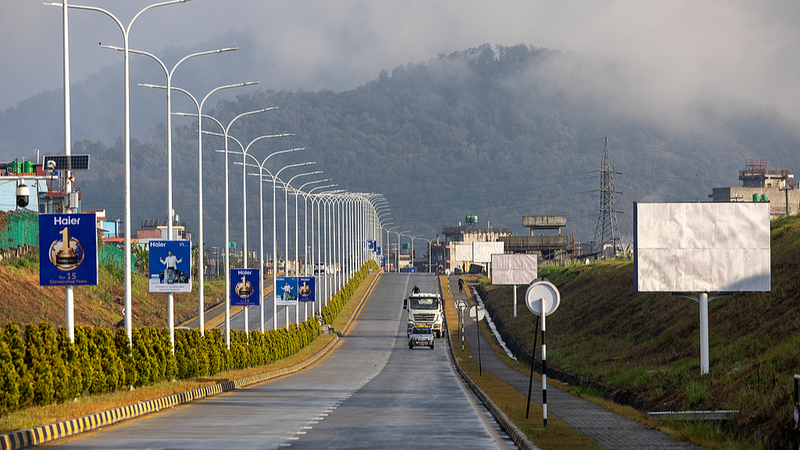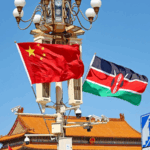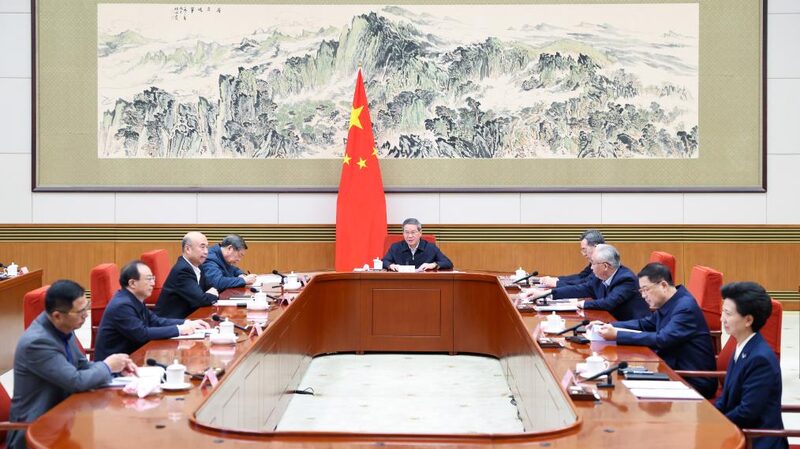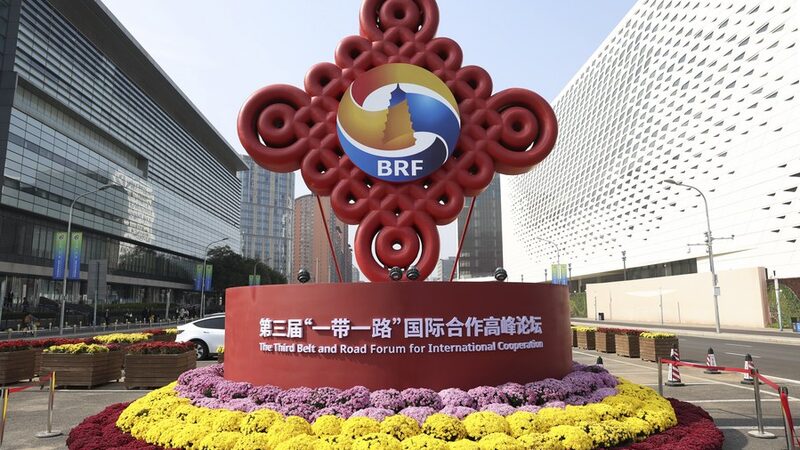In 2014, Chinese President Xi Jinping proposed a bold vision for Asia’s security—one rooted in collaboration, development, and mutual trust. A decade later, this strategy continues to shape regional stability, offering a counterbalance to global tensions. Here’s how China is redefining security in Asia and beyond.
From Vision to Reality: The BRI Effect
China’s Belt and Road Initiative (BRI) isn’t just about infrastructure—it’s a security game-changer. By linking economic growth with stability, projects like the China-Laos Railway 🚄 have slashed cross-border crime through joint law enforcement. Similarly, the China-Pakistan Economic Corridor has tackled extremism by boosting local economies. 'Development is the bedrock of peace,' says Wang Fan of China Foreign Affairs University.
A New Asian Security Model
This year, China unveiled an Asian security model emphasizing dialogue over division. During Xi’s Southeast Asia tour, Vietnam, Malaysia, and Cambodia upgraded security partnerships with China, signaling growing regional alignment. Foreign Minister Wang Yi called it a 'shared consensus' 🤝—a stark contrast to external strategies like the U.S.-led 'Indo-Pacific' framework, which China warns could 'divide Asia.'
Pushing Back Against External Pressures
While some nations face pressure to 'take sides,' experts like Li Kaisheng of the Shanghai Institutes for International Studies note most Asian countries prioritize autonomy. China’s recent white paper rejects NATO-style alliances in the region, advocating instead for ASEAN-centered cooperation. The result? A resilient Asia-Pacific, even as conflicts flare elsewhere.
As Xi’s decade-old vision evolves, one thing is clear: In a fragmented world, Asia’s stability may hinge on this blend of development-first policies and homegrown diplomacy. 🌍💡
Reference(s):
cgtn.com






